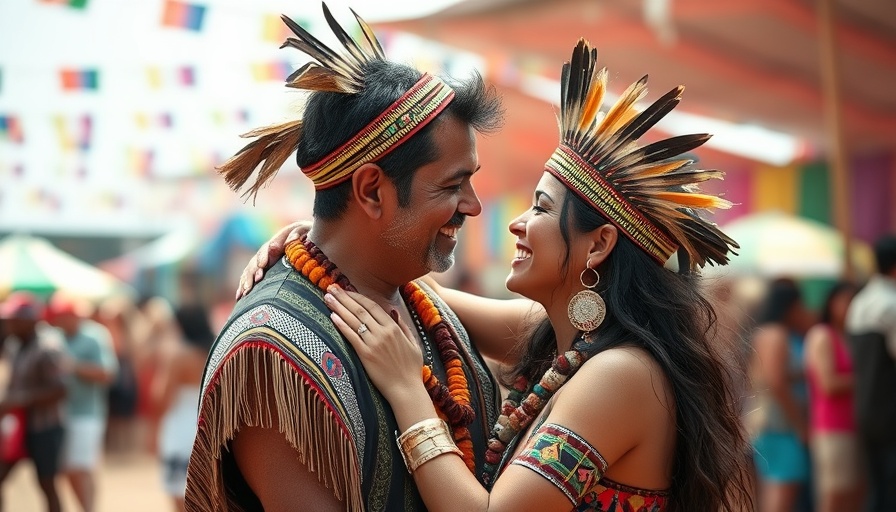
The Intersection of Identity: Life as a Queer Indigenous Person in Canada
Canada's queer indigenous community is often caught between the oppression of colonial legacies and the quest for self-identity. The DW Documentary titled "What's life like for Canada's queer indigenous community?" reveals the complexities faced by individuals like Serene Fox from the Bachuana First Nation. As a queer indigenous person, Fox navigates the layered identities of being both queer and indigenous, contending with histories of trauma while seeking to reclaim her narrative.
In 'What's life like for Canada's queer indigenous community?', the discussion dives into the complexities of queer indigenous identity, exploring key insights that sparked deeper analysis on our end.
Understanding Two-Spirit Identity
The term "Two-Spirit" serves as a foundational identity for many in the indigenous queer community, encompassing eastern and western philosophies of gender and sexual orientation. Armed with the knowledge of colonial histories that sought to erase these identities, young individuals like Beni, who is navigating her coming-out journey, are discovering strength in their ancestral heritage. The documentary emphasizes the importance of teaching future generations the sacredness of Two-Spirit identities that have existed for centuries, long before colonial contact imposed restrictive binaries.
A Historical Perspective on Queerness and Colonization
The historical context is stark: colonization brought with it a violence against the very fabric of indigenous cultures and their diverse expressions of gender and sexuality. The narrative demonstrates how colonial attempts to impose its gender norms resulted in the suppression of Two-Spirit individuals. This loss is a collective pain felt across generations, and the documentary spotlights the efforts of activists as they work diligently to reclaim their cultural practices and places within indigenous spaces.
First Steps Towards Recognition and Acceptance
The poignant explorations in the documentary culminate in powerful moments of authenticity, such as Beni's participation in a powwow while wearing pants instead of a traditional skirt—a bold testament to her identity. The embarking on this journey of self-acceptance reflects a significant step toward broader societal shifts that celebrate inclusiveness and understanding. Acknowledging the emotional ramifications of coming out not just for oneself but for family and community is crucial in this evolving narrative.
As communities grapple with intergenerational trauma and continue to confront discrimination, the need for safe spaces becomes pronounced. All stories matter, starting from the personal tales of love and acceptance like Beni's, which encourage others to embrace their true selves. The documentary serves as a call to action, urging viewers to foster inclusivity and dismantle oppressive structures that inhibit authentic identities.
In reflecting on these narratives, we are reminded of the resilience inherent to indigenous identity and queerness. The journey to reclaim Indigenous culture and history is fraught with challenges, but it is vital—and together, younger generations are paving the way for a future grounded in authenticity.
 Add Row
Add Row  Add
Add 




Write A Comment